We’ve already reminded you that the Spring turkey season is right around the corner. If you haven’t already prepped yourself, let us help you out with some valuable turkey hunting tips.
Sure, you’re excited and can’t wait to start, but you still have some time to take the necessary steps in order to make your turkey hunting experience a memorable and successful one.
Locating birds
If you haven’t done it already, now is the time for your pre-season scouting. Walk the ridge tops and back roads of the area you plan on visiting for turkey hunting. Keep in mind, as a general rule, turkeys roost over and/or near water. Visit those spots in your area of interest.
Give a call
Stop occasionally to give a hen a call, owl hoot, or gobble (remember to bring your turkey calls with you), and listen for a response that will help you out in deciding where to go next. Watch out for turkey signs like scratching in the leaves, droppings, tracks, or dropped feathers. All of these should help you out in determining their roosting area and the direction you need to go.
Safety First
Handle your gun with great care at all times, always as if it was loaded. Always keep your gun pointed in a safe direction. Never shoot at a sound or movement and always identify your target before pulling the trigger; if hunting with companions, know their locations.
What to wear
Never wear red, white or blue clothing. These are the colors of a spring gobbler’s head and neck. Not only that, but wild turkey have a great sense of sight, and can easily spot movement and color that’s out of place. You can also endanger yourself by confusing other hunters with those colors. A camouflage outfit from head to toe is the best option.
Where to set up
If you’ve done your homework properly in pre-season, your calling site is a tree, stump, or a rock as tall as your head and as wide as your shoulders, so it offers some protection. Keep in mind, there might be other hunters close by, so make sure you have good visibility from your site in all directions. Some hunters tie bright fluorescent orange or green tape above their calling position to alert other hunters of their presence.
Don’t wave your hand
Never wave your hand as a signal when you see another hunter approaching since they can mistake you for a movement they we’ve being waiting for. Shout out instead.
Spot and stalk
It is more difficult to stalk or sneak up on a turkey for a shot. This method of moving up on a turkey is a smooth move for seasoned veterans, but the chances of spooking the birds increase. It’s the best idea, especially for beginners, to be patient. Luring a turkey to you is your best bet for safe hunting.
Taking the shot
Finally, the most crucial moment in any turkey hunt is the moment when you decide to shoot. Be absolutely sure you have properly identified the bird (if in gobbler-only season you must see beard before shooting, be sure it’s not any other type of bird, be sure it’s not a fellow hunter etc).
Calling tips
Hopefully we helped you learn and/or perfect your turkey sounds, so now it’s time to test them in action. A couple of things to remember are that each hunter has his idea of the best calling techniques and combinations, and what works for them might not work for you. But all will agree on one thing: the morning hours, before it gets too light out, is the best to time to start your calling.
Choosing a call
In spring, you may have the best chance with soft tree yelps when the gobbler is still on roost. Give him a hint that a hen is near, then be quiet and let him come to you. Calling too loudly or too frequently will most definitely cause the gobbler to back out. In fall, however, the best call to use would be the lost call of a young turkey or the assembly yelp of the adult hen. Again, wait it out, and if you get the response, try to mimic the exact same sound.
We hope you’ll put these turkey hunting tips to good use the next time you’re out. Before you head out, remember to read and understand the rules and regulations regarding season dates, hunting practices, and open zones in your hunting area. Keeping yourself and others safe is the first step for an enjoyable hunting experience. The rest comes down to the experience and a bit of luck.
© Coop22250 | Dreamstime.com – Tom Turkey Struting, Indian Arm Alaska
Turkeys
-
Turkey Files
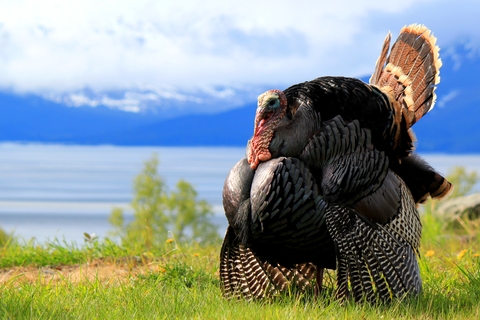
Photo credit: Dreamstime
-
Turkey Files
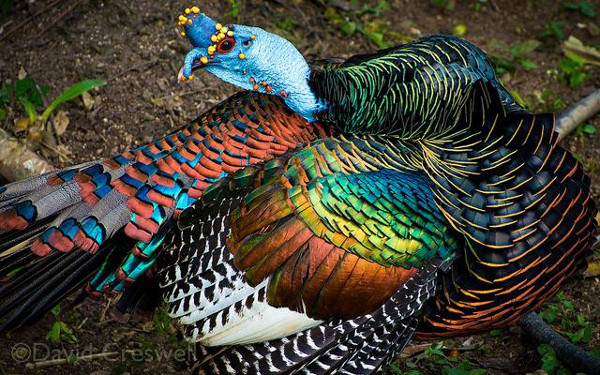
Photo credit: Wikimedia
-
Turkey Files

Photo credit: Dreamstime
-
Turkey Files
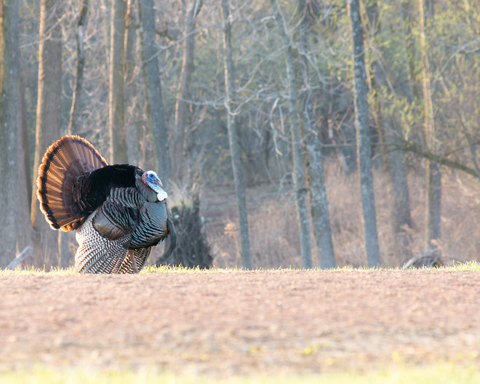
Photo credit: Dreamstime
-
Turkey Files
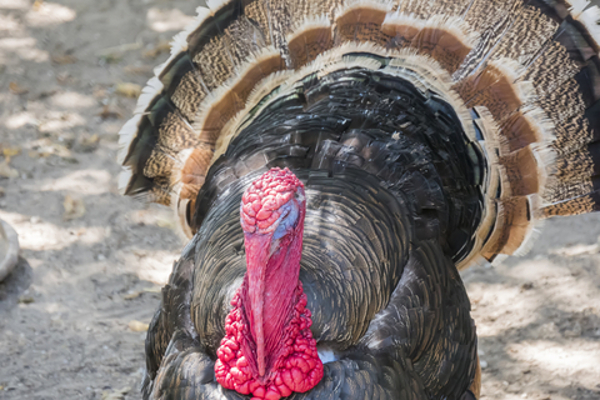
Photo credit: Dreamstime
-
Turkey Files
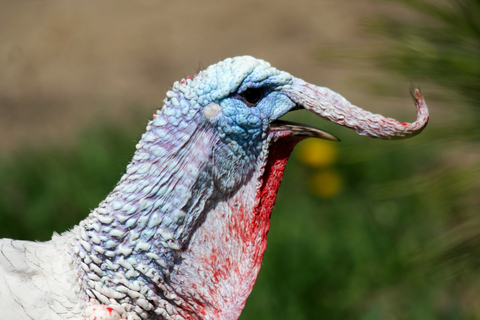
Photo credit: Dreamstime
-
Turkey Files
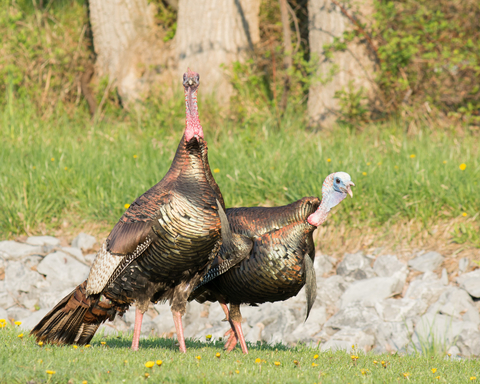
Photo credit: Dreamstime
-
Turkey Files
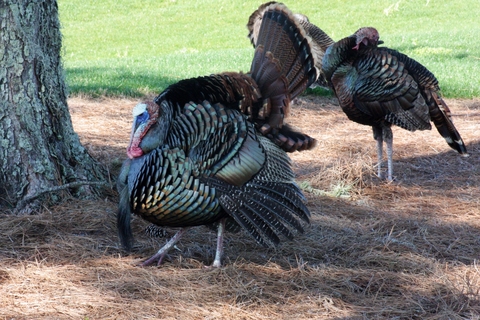
Photo credit: Dreamstime
-
Turkey Files
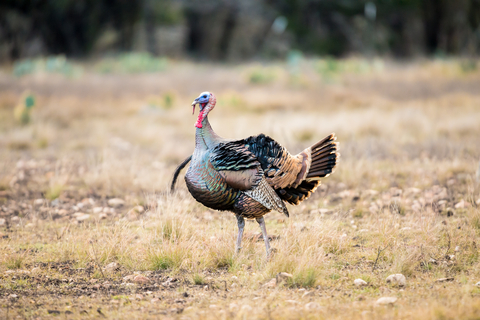
Photo credit: Dreamstime
-
Turkey Files
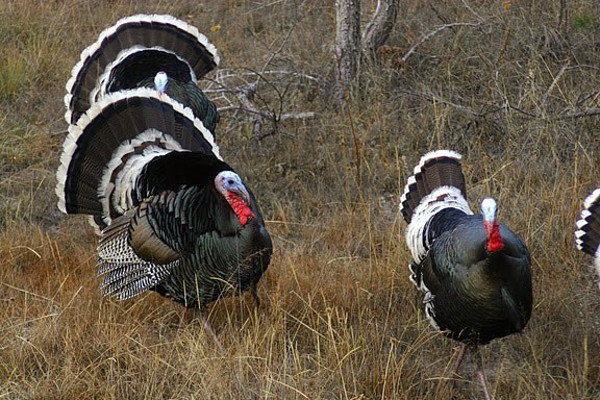
Photo credit: GS Safari
-
Turkey Files

Photo credit: Dreamstime
-
Turkey Files
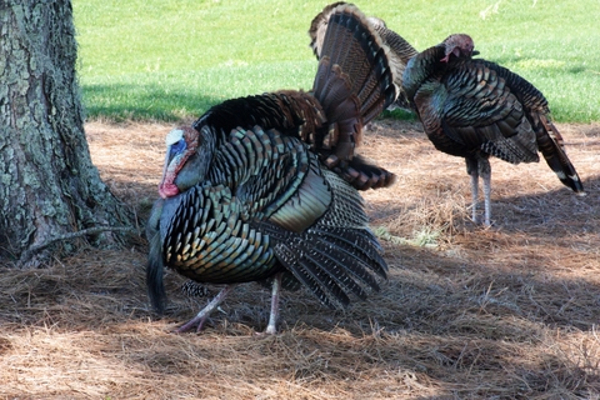
Photo credit: Dreamstime
-
Turkey Files
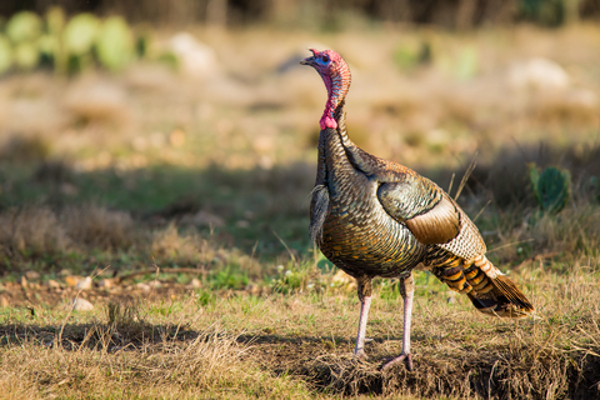
Photo credit: Dreamstime
-
Turkey Files

Photo credit: Flickr CC
-
Turkey Files
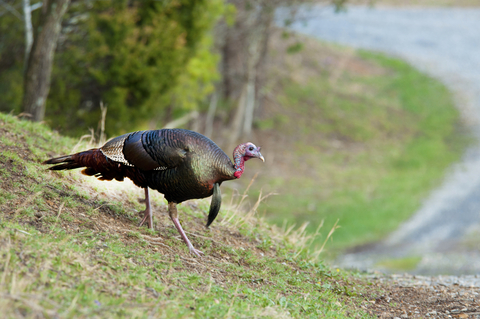
Photo credit: Dreamstime
-
Turkey Files
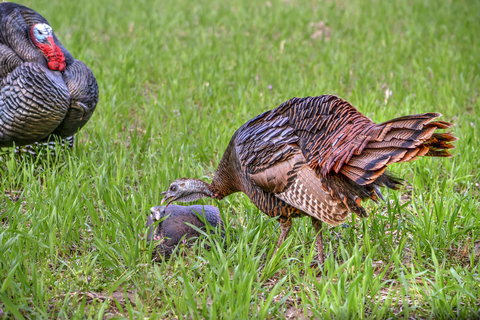
Photo credit: Dreamstime
-
Turkey Files
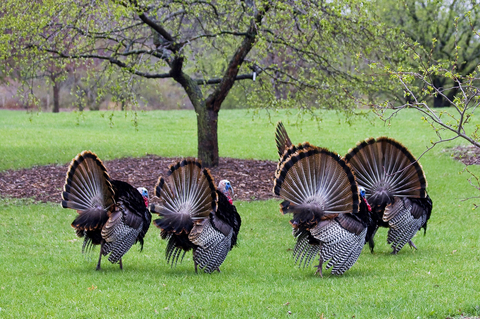
Photo credit: Dreamstime
-
Turkey Files
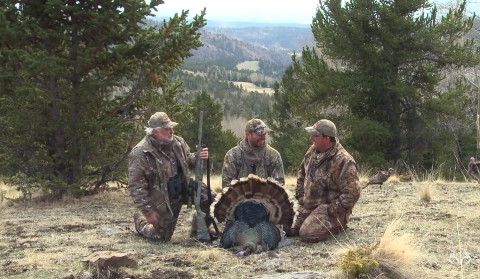
Photo credit: Youtube
-
Turkey Files
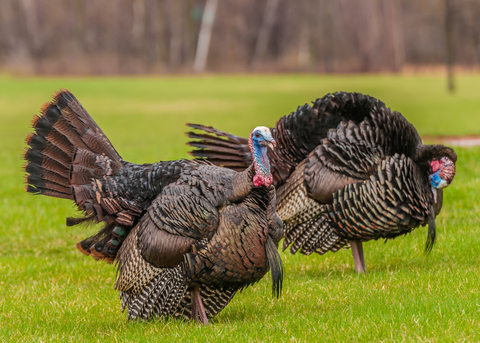
Photo credit: Dreamstime
-
Turkey Files

Photo credit: Dreamstime








